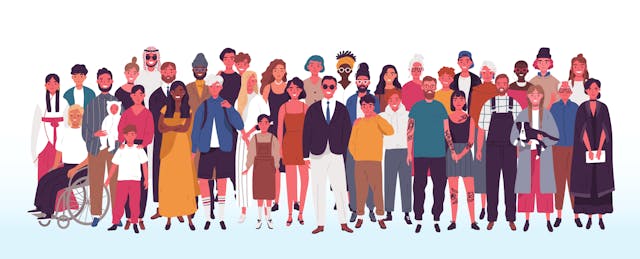A lot has happened over the past decade, and the 2020 census will give America its first good look at just how much we’ve changed in 10 years. From who we are as individuals to how we’re doing as a country, the census is a deep dive into our collective data—numbers that directly affect how we’re represented in Congress and how resources are directed to school funding, special education grants, lunch and preschool programs.
We’ve collected articles, graphics and lessons to help educators and students explore the numbers and engage in the country’s oldest decennial activity.



![4 Reasons Why the Census Matters for All of Us 4 Reasons Why the Census Matters for All of Us [Infographic]](https://edsurge.imgix.net/uploads/photo/image/7741/EdSurge_StatisitcsInSchool-1581613244.jpg?w=216&h=648&auto=compress,format&fit=fill&bg=fff&pad=null&blur=10&px=4)

 Try This Lesson With Your Class!
Try This Lesson With Your Class!